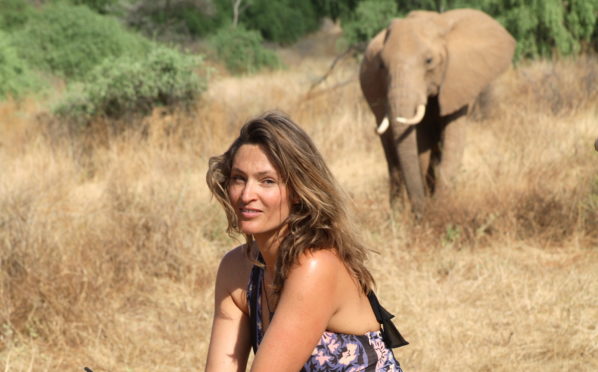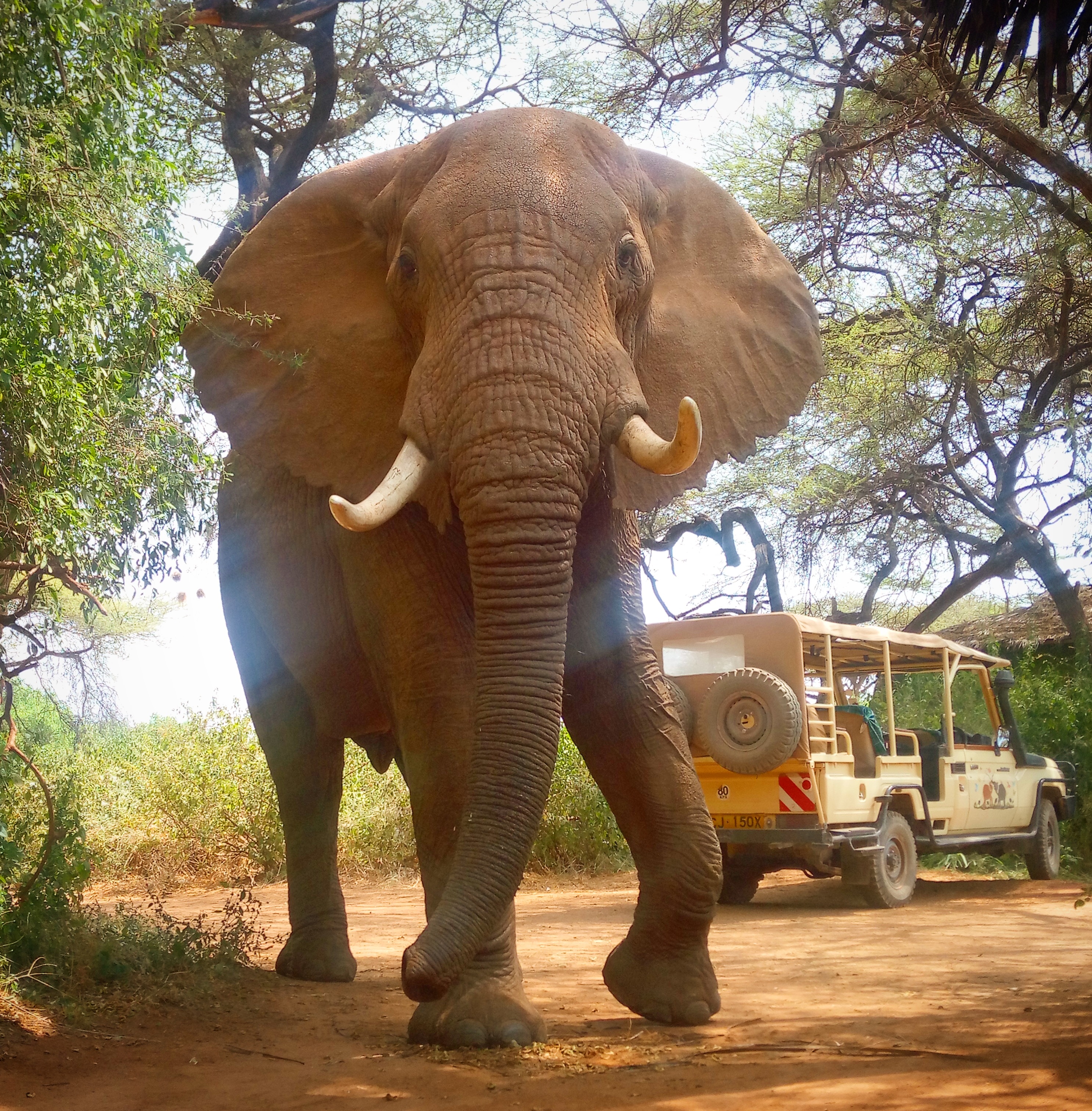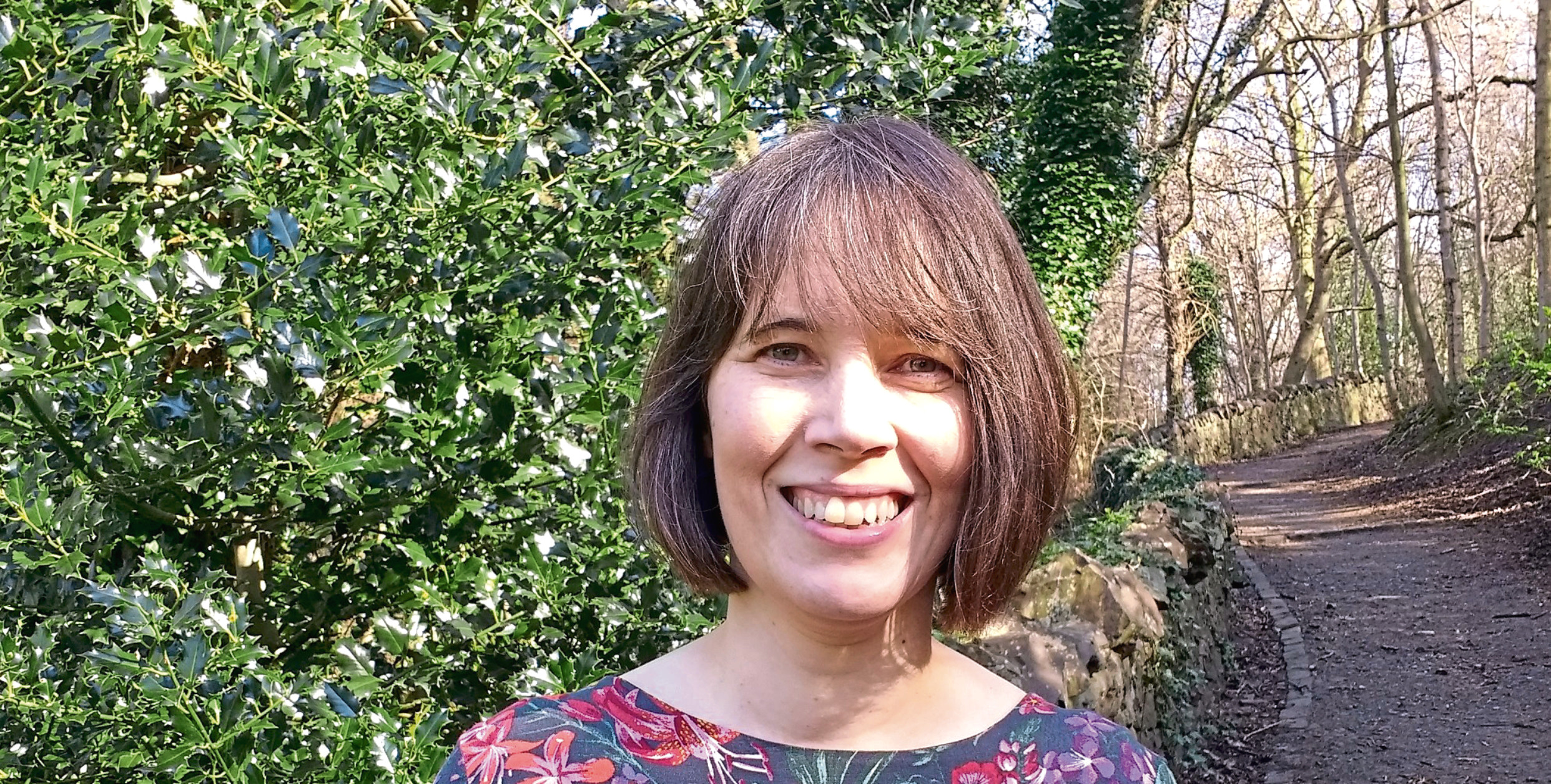
Her first encounter with elephants came as a baby, being nuzzled by one while being held in her mother’s arms.
Since then, Saba Douglas-Hamilton has experienced both the joy of sharing much of her life with them and the heartbreak of witnessing their desperate fight for survival.
Now Saba hopes the tide is turning for her beloved elephants.
But as she gets set to return to Scotland for a speaking tour, Saba has told The Sunday Post how much more needs to be done to save them.
“There are two major threats to the future of elephants,” said Saba, who has presented several BBC documentary series including This Wild Life and The Secret Life of Elephants.
“The first is the ivory trade. The 1970s and 1980s saw the first great slaughter which came to an end in 1989 with the international ban on the trade through the Convention on International Trade in Endangered Species.
“But there was a resurgence in ivory trade in 2008 that has continued ever since. In our worst year in Kenya we lost a fifth of the families our charity were studying.”
That prompted a huge effort to turn things around and an updated Wildlife Policy Act, with increased enforcement and penalties was introduced in Kenya. It helped deal with the situation there, but it’s not a reflection of what’s happening elsewhere in Africa.
“In some places we’re still seeing elephants being killed on an industrial scale,” said Saba who has three daughters, Selkie, 10, and twins Mayin and Luna, seven, with husband Frank. “It is shocking, large-scale devastation. In Tanzania, they lost 60% of their elephants in just a five-year period.”

In the 1980s it was thought that about half of Africa’s elephants, up to 300,000, were in the Congo Basin. But, while Congo still holds Central Africa’s second-largest population of forest elephants, the numbers are estimated between 21,000 and 27,000 and they are increasingly threatened by poaching and human encroachment.
In the Democratic Republic of Congo, the numbers are estimated at well under 10,000. A civil war resulted in huge swathes of protected areas being abandoned as they were taken over by militia, and elephant meat and ivory was used to fund insurgents and the military.
Saba, who went to university at St Andrews and is the great-granddaughter of the 13th Duke of Hamilton, has witnessed the grim consequences up close and she says it never gets any less distressing.
“When you see a dead elephant you can’t help but feel it’s such an awful waste.
“Sometimes it’s the bull because they have the larger ivory. But in some ways it’s even sadder with the matriarch, as elephant society revolves around their wisdom and experience.”
Much of the ivory was traded on the Chinese market and an initiative by charity Save the Elephants, founded by Saba’s dad Iain, has started to make a difference.
“We started bringing a lot of Chinese celebrities, who have tens of millions of followers, out to Kenya,” said Saba.
“We got them to meet elephants in the wild. Then we would take them to see dead elephants.
“These sports figures and actors have huge influence. Along with the efforts of many others, it led China to shut down the ivory trade within its borders at the end of 2017. It was a real statement to the world.”
There remains an ongoing battle against the illegal trade and poaching remains rampant across the continent.
The other major concern is simply the loss of habitat.
“The human population is the single biggest threat to our environment and in Africa we have about 1.3 billion people,” said Saba.
“So great open, wild areas where elephants have roamed for thousands of years are being taken up by infrastructure or farming.”
Despite the disturbing picture, Saba says she remains positive.
“We’ll probably see continued shrinkage and will see some populations going extinct,” she said. “But there’s no reason why we can’t ensure their long-term survival.
“If we get our act together we can have modern, developed Africa alongside wild Africa.”
Dad Iain is a leading conservation figure and a pioneer in the social study of elephants and he and wife, Oria, made sure the creatures were part of Saba’s life.
“He developed a relationship with an elephant called Virgo and one of the first things my mother did was take me to meet her,” said Saba.
“When I was six weeks old my mum walked up to her with me in her arms. Virgo reached down her trunk and sniffed me all over and then brought her own calf forward for what I was told was this wonderful, magic moment of mother to mother. I always like to think I was baptised in elephant breath.”
Saba lives in a tent in the bush in the Samburu National Reserve in North Kenya and runs an eco-tourism camp which she hopes inspires visitors to spread the conservation message.
Saba started her latest tour on Monday and will appear in Glasgow, Edinburgh, Banchory, Pitlochry and Isle of Skye from April 15.
“The evening is not all doom and gloom,” she adds. “There will be lot of inspiring stories about elephants.”
Tickets for A Life With Elephants from sabadouglashamilton.com
We all need to do more to protect our wildlife
The new head of one of Scotland’s top conservation charities says protecting nature needs to become “a natural part of people’s daily lives”.
Jo Pike is taking over as chief executive of the Scottish Wildlife Trust (SWT) which has more than 40,000 members and manages a network of 120 wildlife reserves across the country.
Ms Pike has been a member of the trust’s senior management team since 2010, most recently as director of public affairs, and has been deputy chief executive since 2014.
She takes over from Jonny Hughes, who has become chief executive of the World Conservation Monitoring Centre. Ms Pike said: “With one in 11 species in Scotland at risk of extinction, nature conservation has never been more important. Nature conservation charities like the SWT have a vital role to play.
“Nature conservation needs to become a natural part of people’s daily lives. We will only achieve this when people know they have a stake in our success – not only the success of the SWT but of all organisations working to halt the loss of our biodiversity before it is too late. There is immense talent, energy and commitment within the trust and it is a huge privilege to be appointed as the new chief executive.
“I look forward to working with members, supporters, staff, volunteers and partners, as well as actively reaching out to new groups, to build on the legacy of my predecessor, Jonny Hughes, with whom I have been fortunate to work closely over the past nine years.”

Enjoy the convenience of having The Sunday Post delivered as a digital ePaper straight to your smartphone, tablet or computer.
Subscribe for only £5.49 a month and enjoy all the benefits of the printed paper as a digital replica.
Subscribe